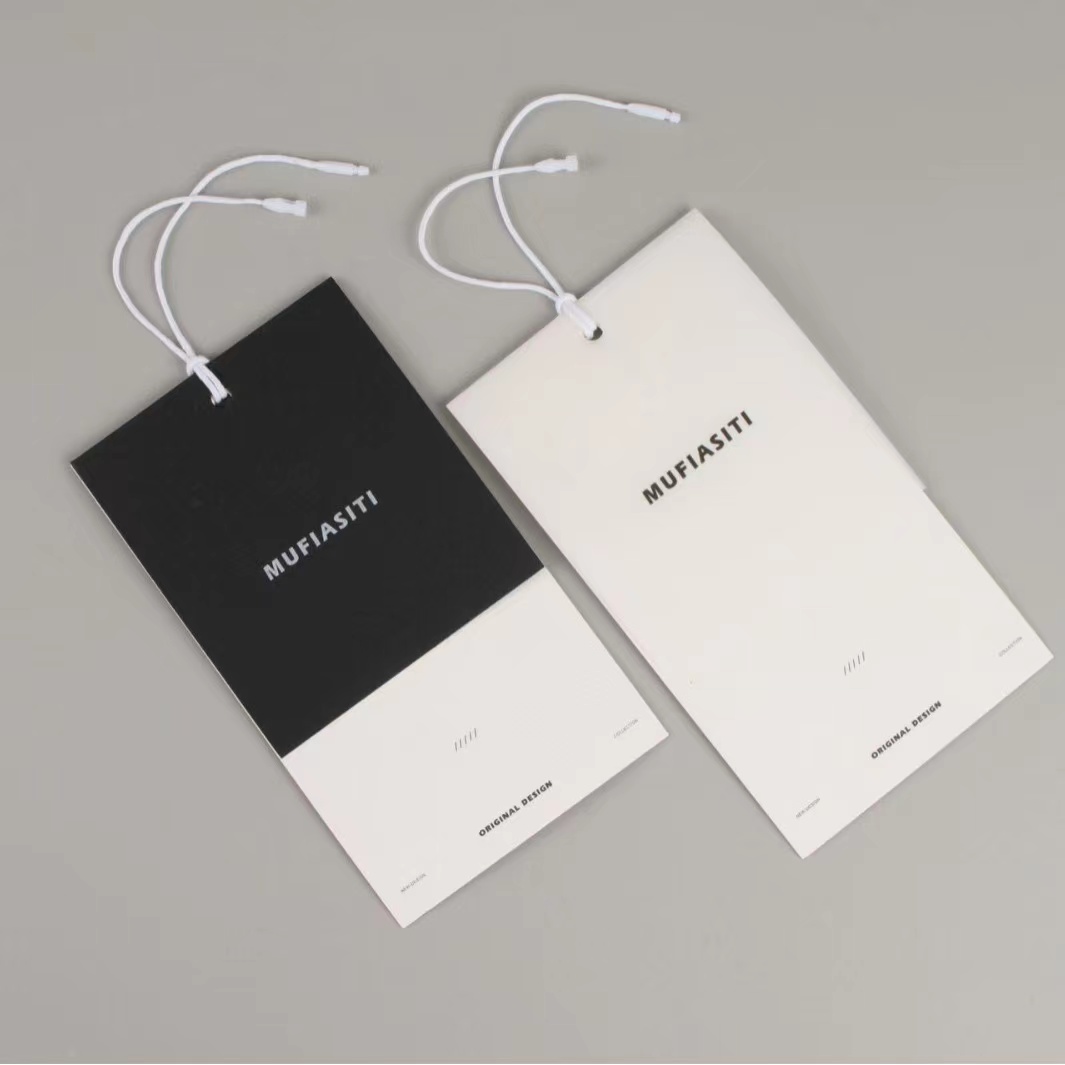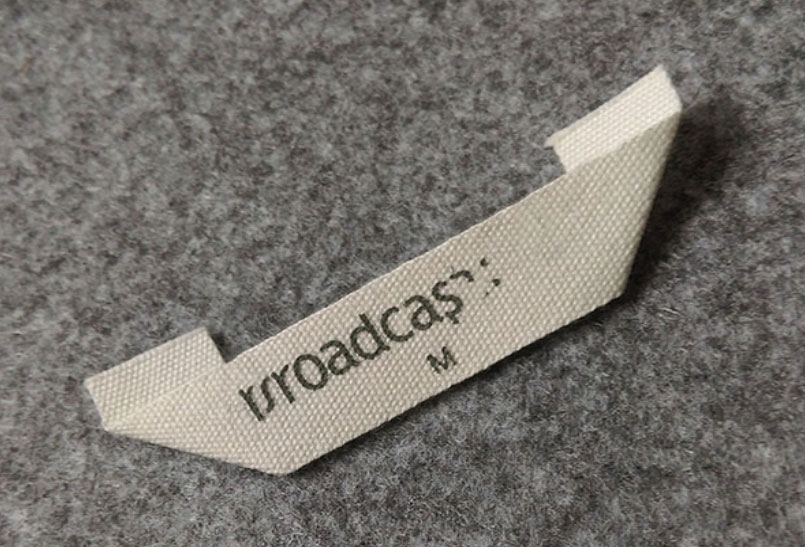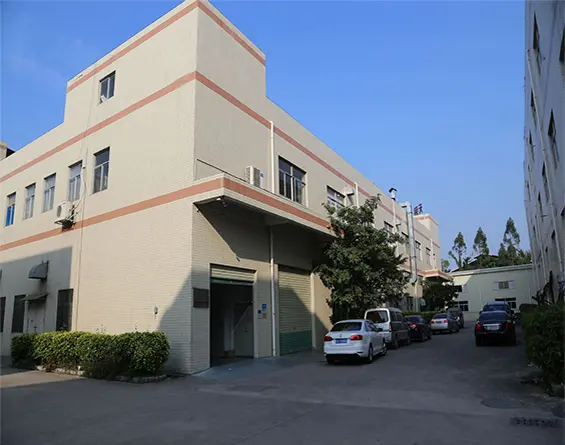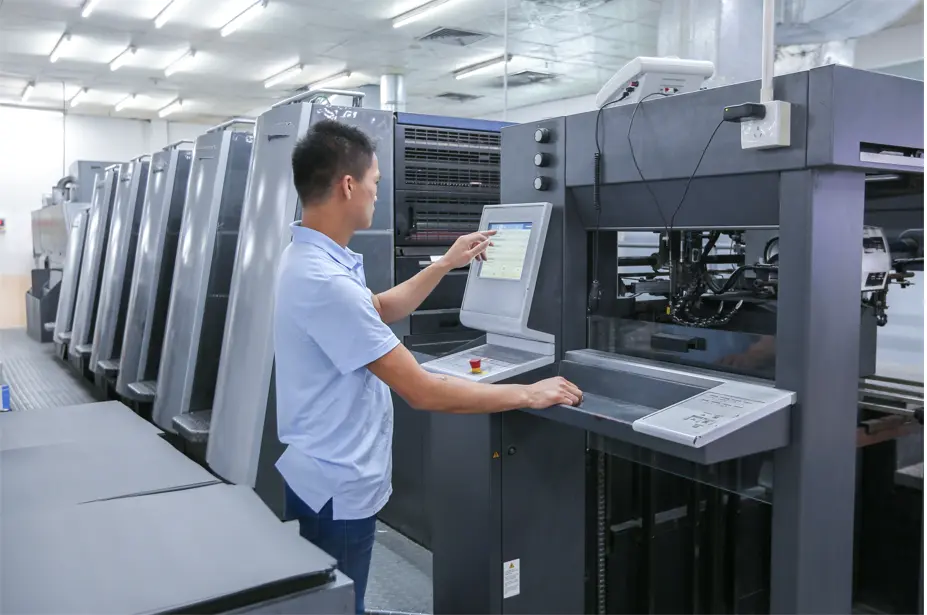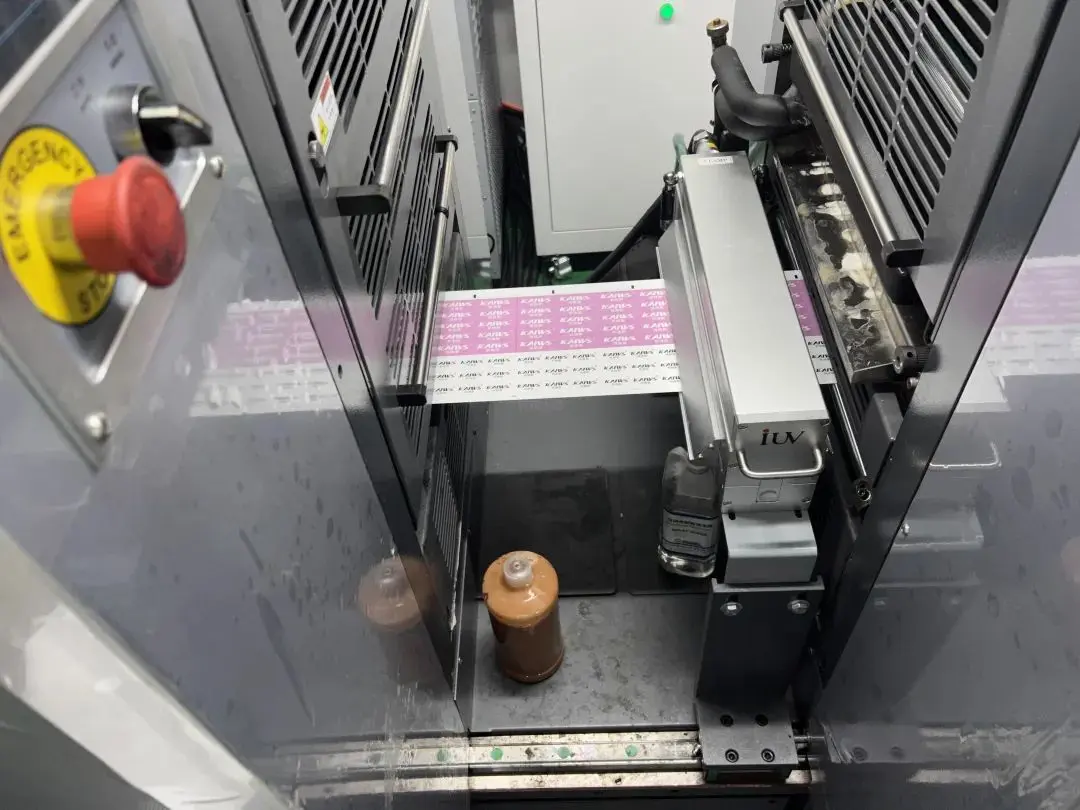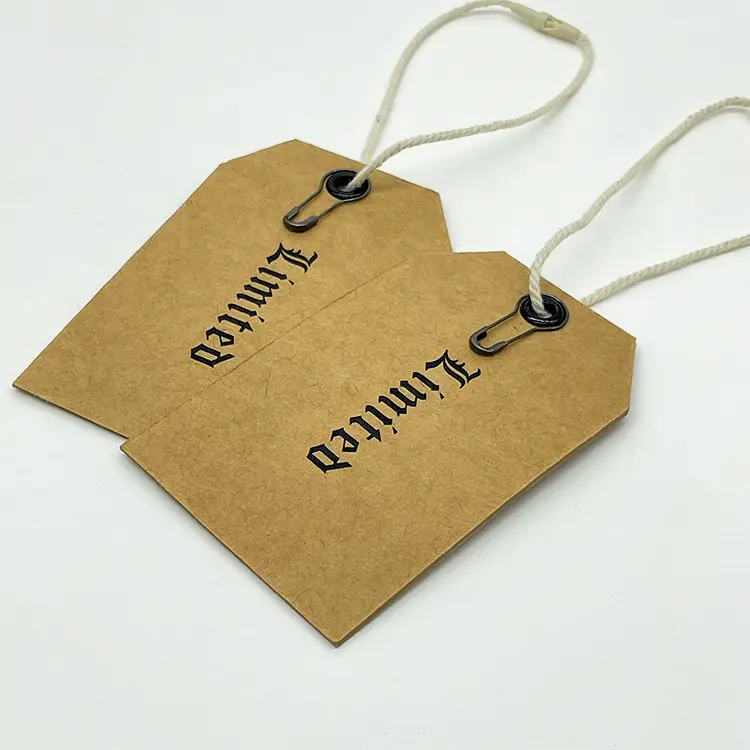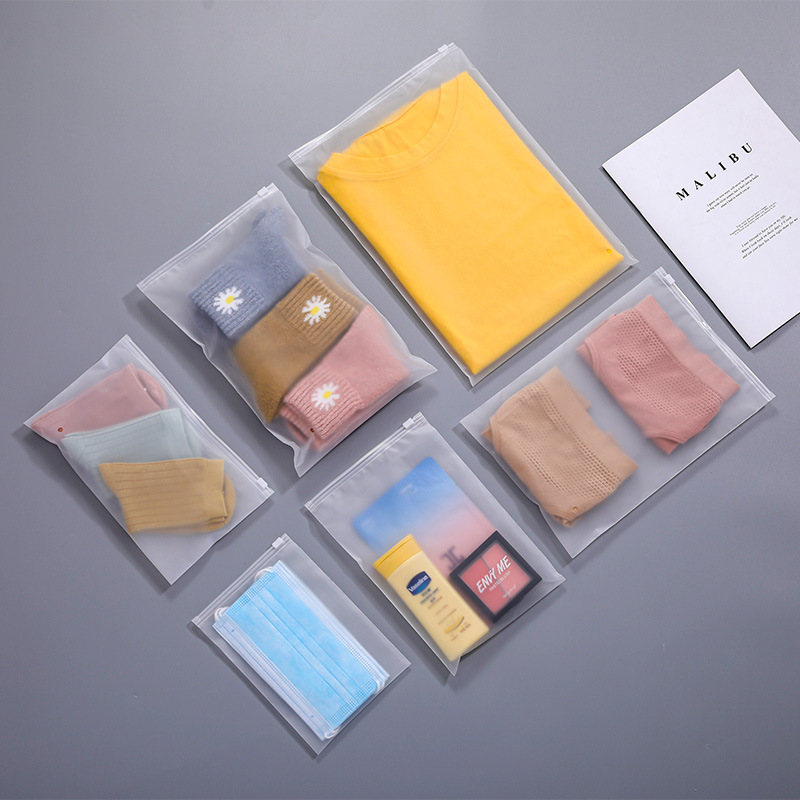Custom Transparent Frost Proof Zipper Clothing Bags
Transparent Frost Proof Zipper Clothing Bags Wholesale
Enhance your storage and organization solutions with our transparent single-sided frost-proof zipper clothing bags. These bags are made with high-quality materials and innovative design features, offering a convenient and practical way to protect your items while keeping them neat and orderly.
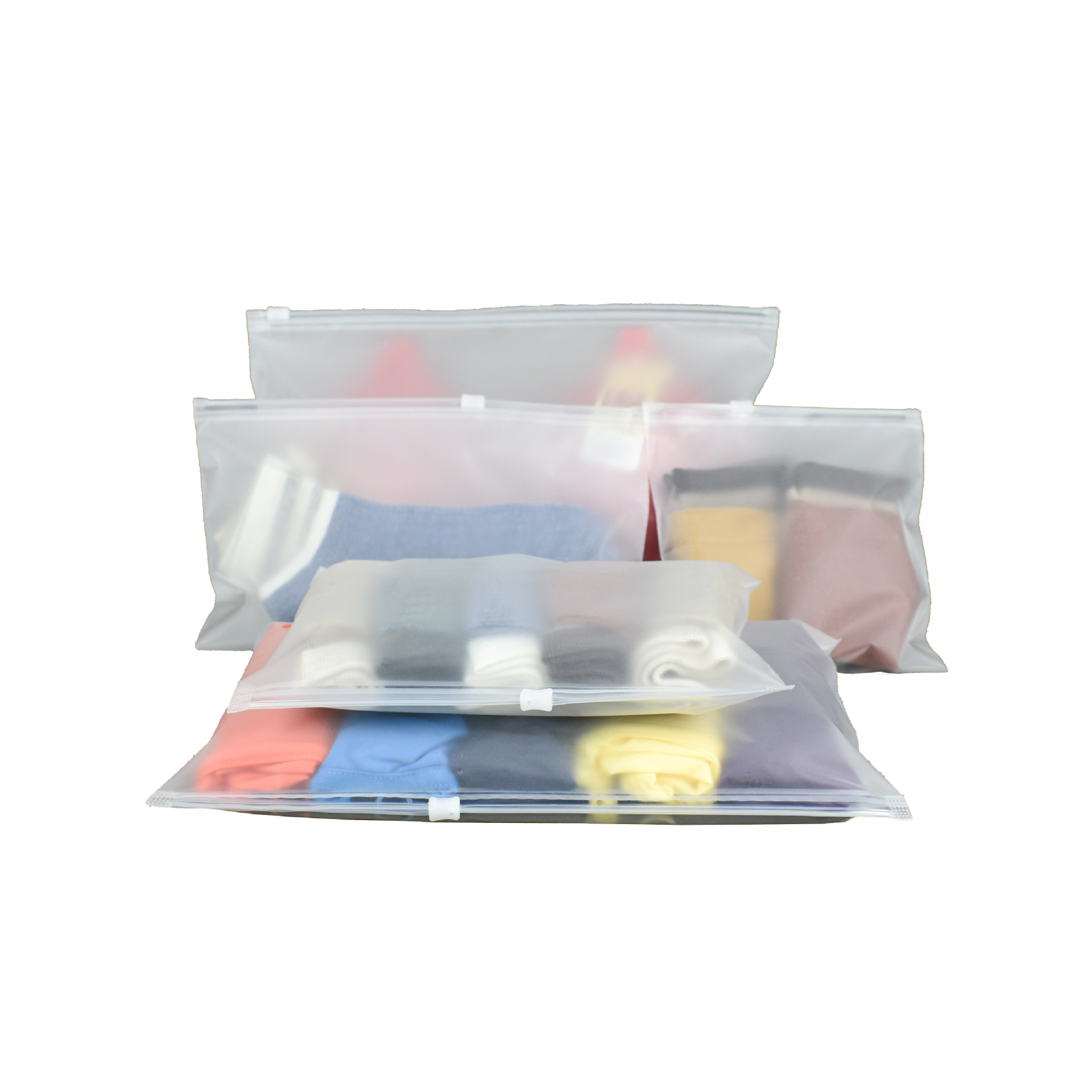
Key Features:
- Premium Materials: Our zipper bags for clothing are made from high-quality CPE material, which is soft, flexible, eco-friendly, lightweight, and durable for long-term use. This material ensures that your items stay clean and dust-free, providing excellent protection.
- Resealable Zipper Design: All our clothing bags feature sturdy, resealable zippers for easy access and secure sealing. Simply unzip to open or seal the bag, ensuring your items are safely stored. Each resealable bag also includes ventilation holes to improve breathability and keep items fresh.
- Frosted Design: The opaque finish on one side of the bag allows you to easily see the items inside, helping you organize each piece of clothing into individual bags. This design not only saves space in your luggage but also makes it more convenient to carry and store items.
- Wide Application: Our frosted zipper clothing bags are versatile and suitable for storing a variety of travel items, including underwear, towels, shoes, clothes, cosmetics, toiletries, and more. Whether traveling or organizing at home, these clothing zipper bags are the ideal solution to keep your items neatly stored and protected.
- Convenient Packaging: You will receive a total of 100 travel storage bags with zippers, available in two sizes: 25x35cm (9.8″x13.4″) and 30x40cm (11.8″x15.7″). Multiple sizes ensure you have the perfect bag to meet all your storage needs.
Experience the convenience and efficiency of our transparent single-sided frost-proof zipper clothing bags. Use these high-quality storage solutions to protect your items, stay organized, and enjoy a tidy environment.























